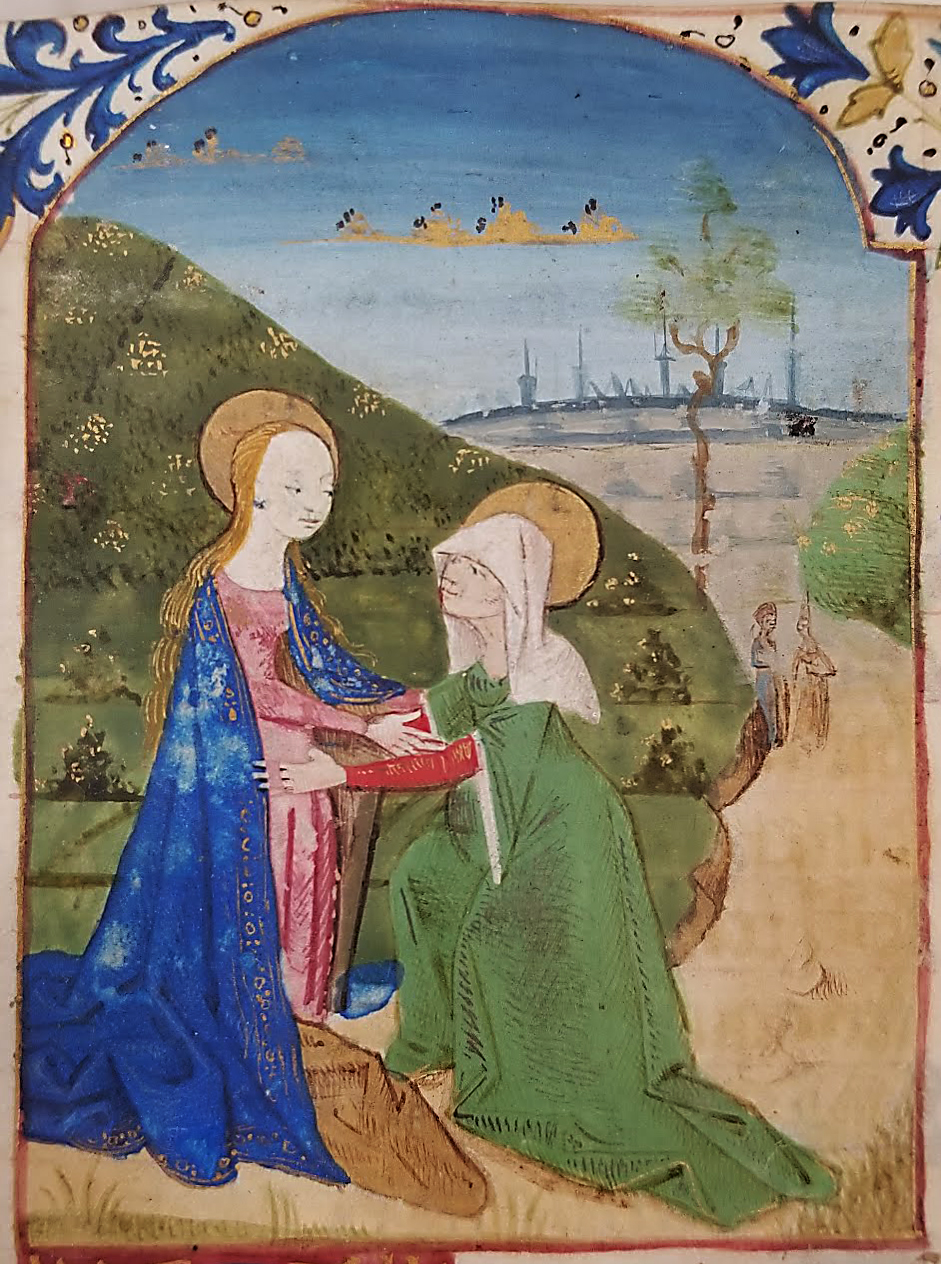

Stoicism came directly to the medieval scholars of western Europe through Roman writers, especially Seneca and Cicero, as well as indirectly through early Christian writers, such as the Greek Church Fathers Clement of Alexandria and Origen in the late first and early second centuries and Gregory of Nyssa and Nemesius in the fourth century and the Latin Fathers Tertullian (third century), Lactantius (early fourth century), Jerome (late fourth century), Ambrose (late fourth century), and Augustine (early fifth century). The Stoics divided philosophy into logic (including language study), physics (the study of natural things, including divinity), and ethics. Capable of rising above base materiality by a process of purification and contemplation, a human can achieve a kind of union with pure thought and can contemplate, but not know, the One. For example, an animal has a lower degree of reality than a human. This system involves a graded order of reality. Below the One is Intellect, from which the spirit, the mind, and all realities emanate down to particular material objects. At the apex of the triangle is the super-transcendent One. In the Neoplatonic system, the world and human life are part of a vast hierarchical structure. These two traditions came together in the thought of the Irish philosopher John Scottus Eriugena (circa 810 – circa 877). The Greek tradition goes back to the fifth-century Greek Neoplatonist Proclus, while the Latin tradition has its roots in the third-century Neoplatonists Plotinus and Porphyry, who were part of an important intellectual circle in Rome. The teachings of Plato came to the medieval scholars of Western Europe largely through two diverse traditions of interpretation: the Neoplatonism of the Latin tradition in the thought of Augustine, Boethius, Cicero, and other Roman writers, and the Neoplatonism of the Greek tradition in the writings of the anonymous author known as Pseudo-Dionysius, who lived in Syria during the late fifth and early sixth centuries, as well as in the thought of the Greek Church Fathers Gregory of Nyssa (fourth century) and Maximus the Confessor (circa 580–662). The Timaeus was studied with the aid of a commentary by the fourth-century Christian scholar Calcidius.

While the Meno and the Phaedo were known in Paris, they do not seem to have been widely used. In fact, the only Platonic dialogues available to western European scholars were the Meno, the Phaedo, and a part of the Timaeus, and they became available only in the twelfth century. Not many of Plato’s writings were known in the Middle Ages. For these reasons it is best to consider early medieval philosophy as a continuation of Greek and Roman philosophy. Yet, from the Carolingian Renaissance of the ninth century through the School of Chartres in the twelfth, other philosophical traditions-including Stoicism and Aristotelian-ism-were influential as well. Textbooks and histories have often called the Early Middle Ages an age of Platonism. Early Medieval Philosophy: Ancient and Early Christian RootsĪncient Roots.


 0 kommentar(er)
0 kommentar(er)
